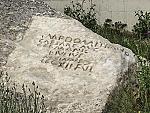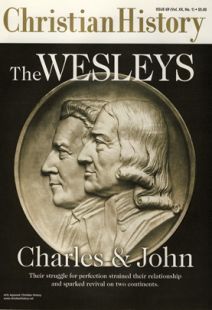Family Ghost?
In 1716 and 1717, the house at Epworth hosted a supernatural visitor. “Old Jeffrey,” as the children called it, made a variety of noises (groanings, knockings, stampings, and clatterings, and sometimes appeared as a badger-like creature scurrying across the floor. The whole family—as well as a neighboring clergyman— saw or heard it, and no one could find evidence of a hoax.
Though initially skeptical, Susanna wrote to her two oldest sons, who were away at Oxford, that she became “entirely convinced that it was beyond the power of any human creature to make such strange and various noises.”
A remark by the eldest daughter Emily, however, perhaps provides the best clue to the incidents. She noted that the outbreak had quickly followed her father’s preaching against folk religious practice—namely the consulting “those that are called cunning men, which our people are given to”—after an outbreak of alleged witchcraft in a neighboring parish.
If disgruntled parishioners were behind the haunting, it wouldn’t have been the first time they caused trouble. Local enemies had already maimed some of the Wesleys’ animals, and they might have caused the rectory fires in 1702 and 1709.
Whether a supernatural visitor or flesh-and-blood conspiracy, “Old Jeffrey” might represent one of the many clashes between the local wolrd view and a rationally inclined outsider.
By the editors
[Christian History originally published this article in Christian History Issue #69 in 2001]
Next articles
Letters to the editor, CH 124
Readers respond to Christian History
Editor's note: Faith in the City
Christian city movements, ancient and modern
Jennifer Woodruff TaitSupport us
Christian History Institute (CHI) is a non-profit Pennsylvania corporation founded in 1982. Your donations support the continuation of this ministry
Donate




